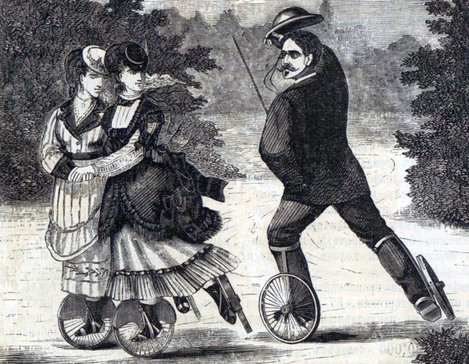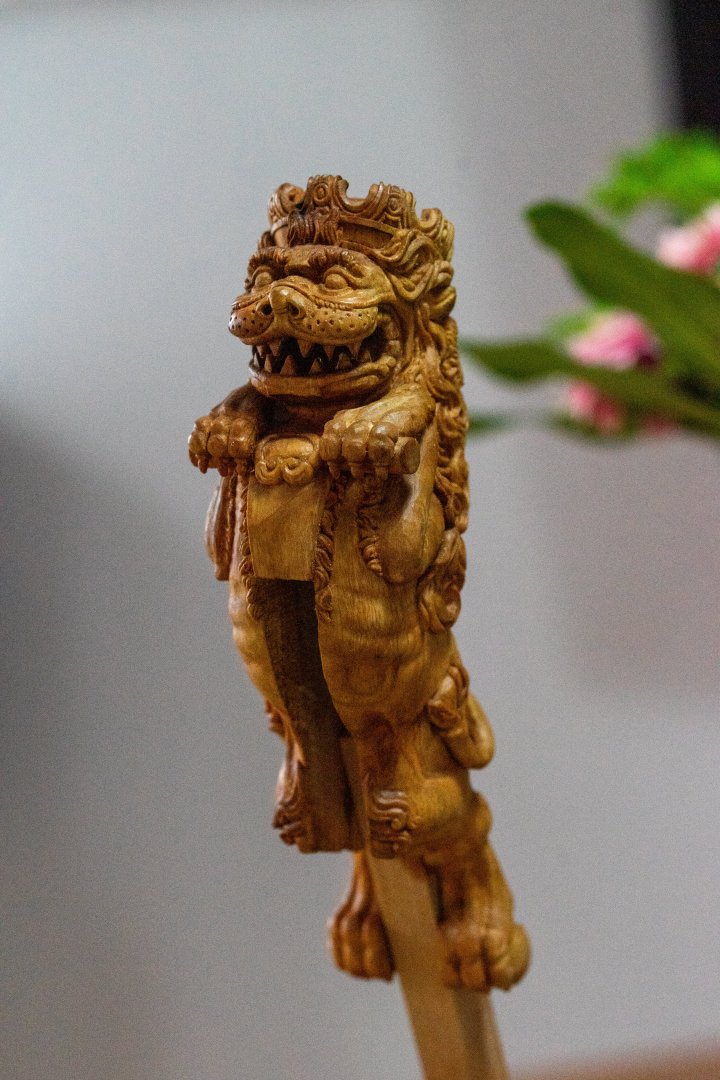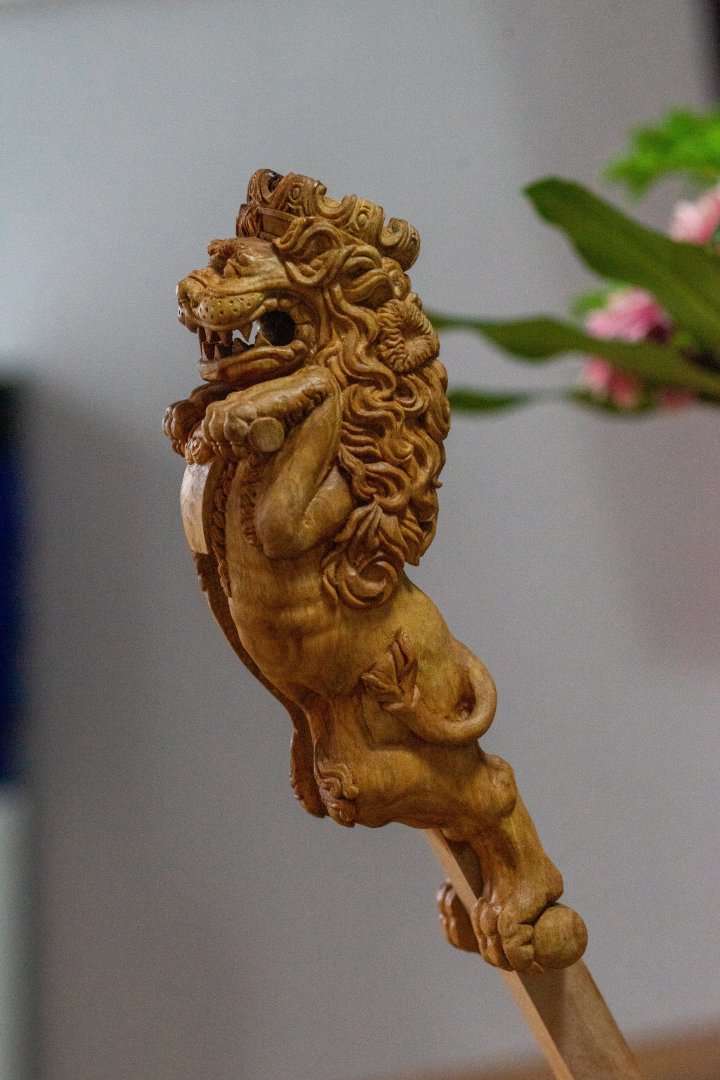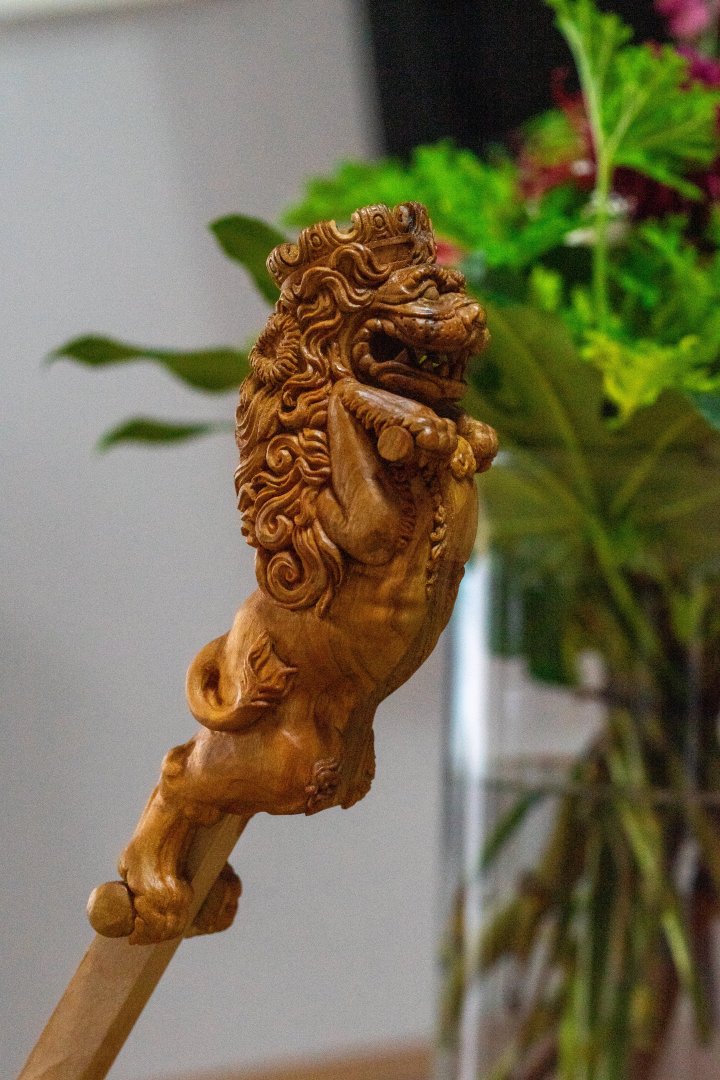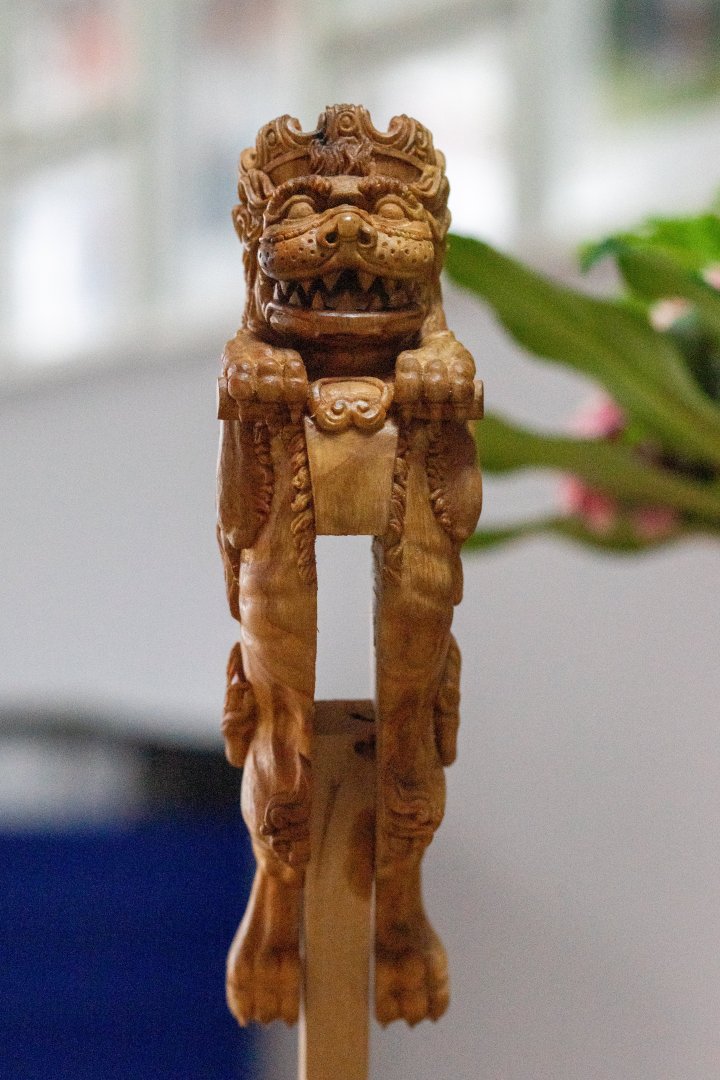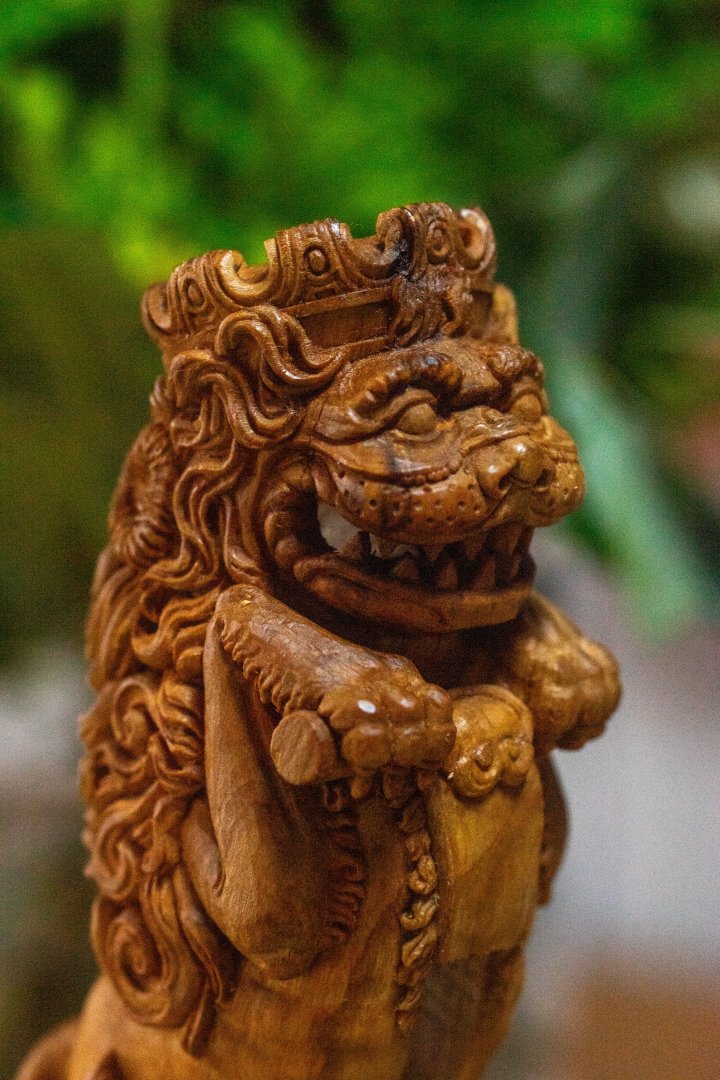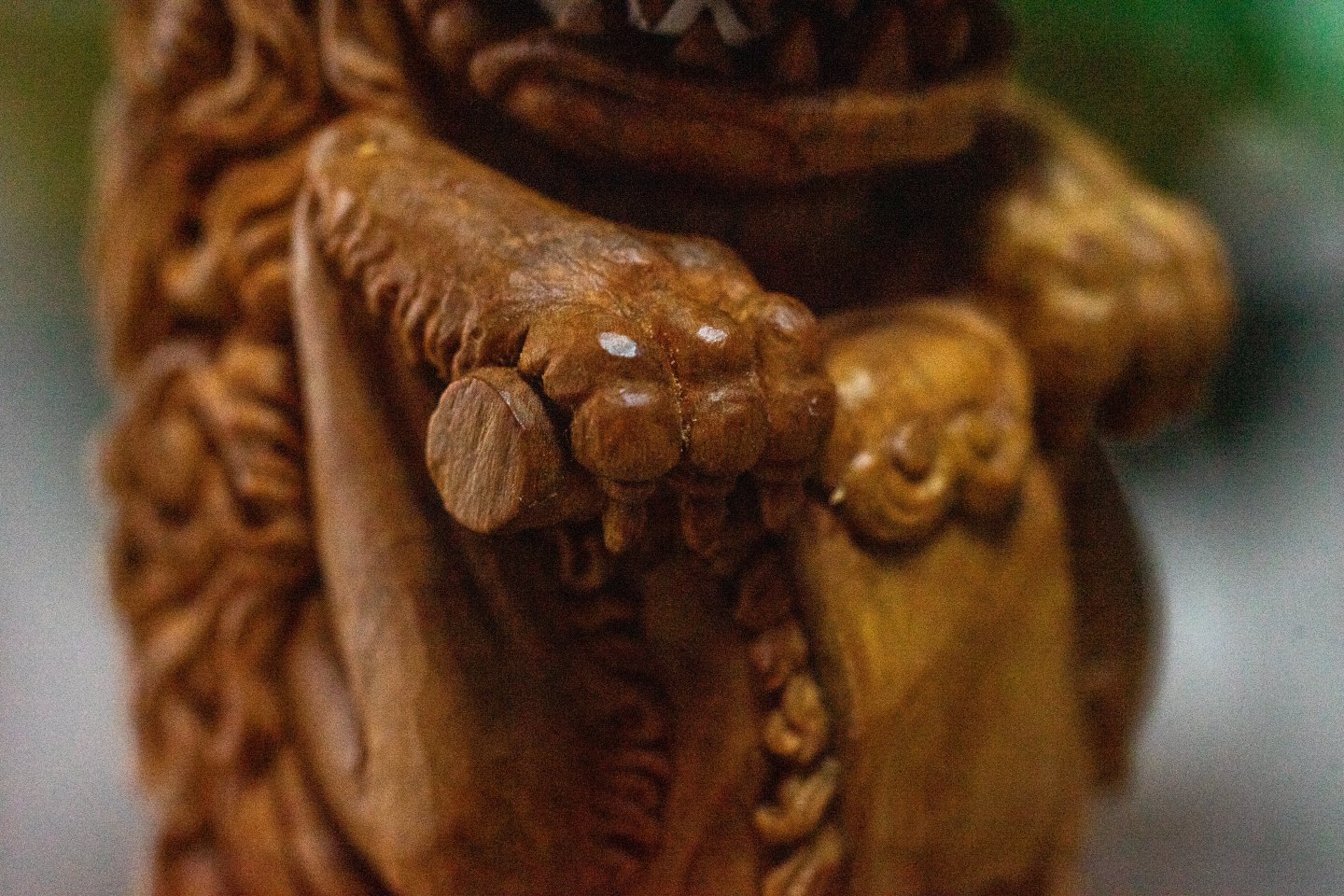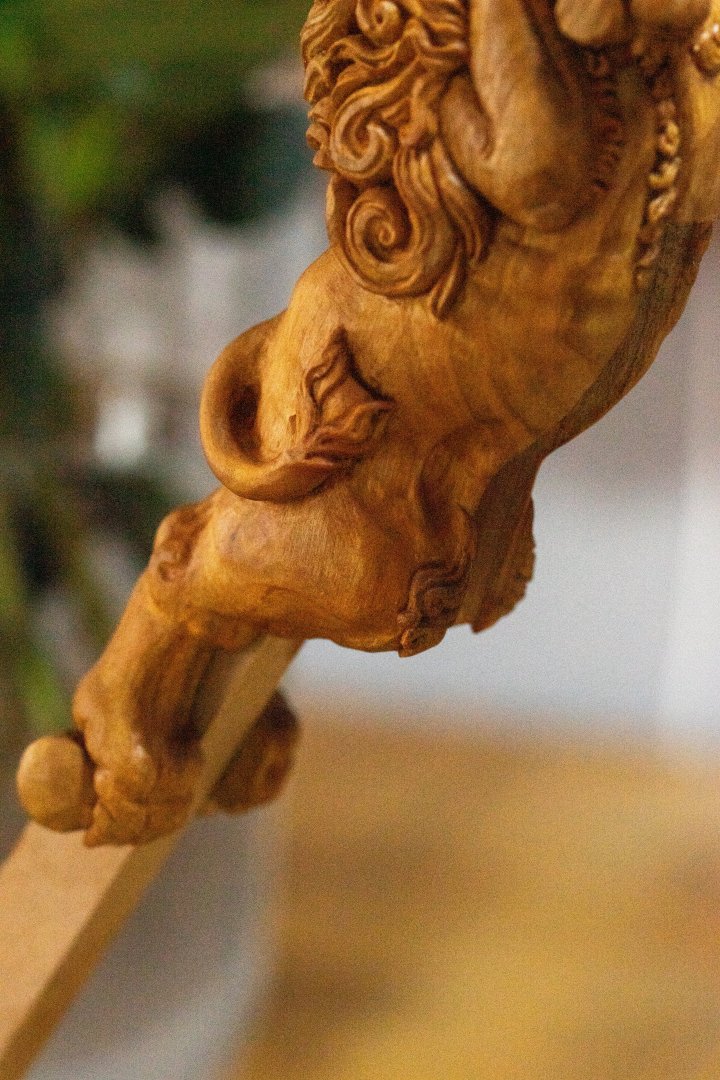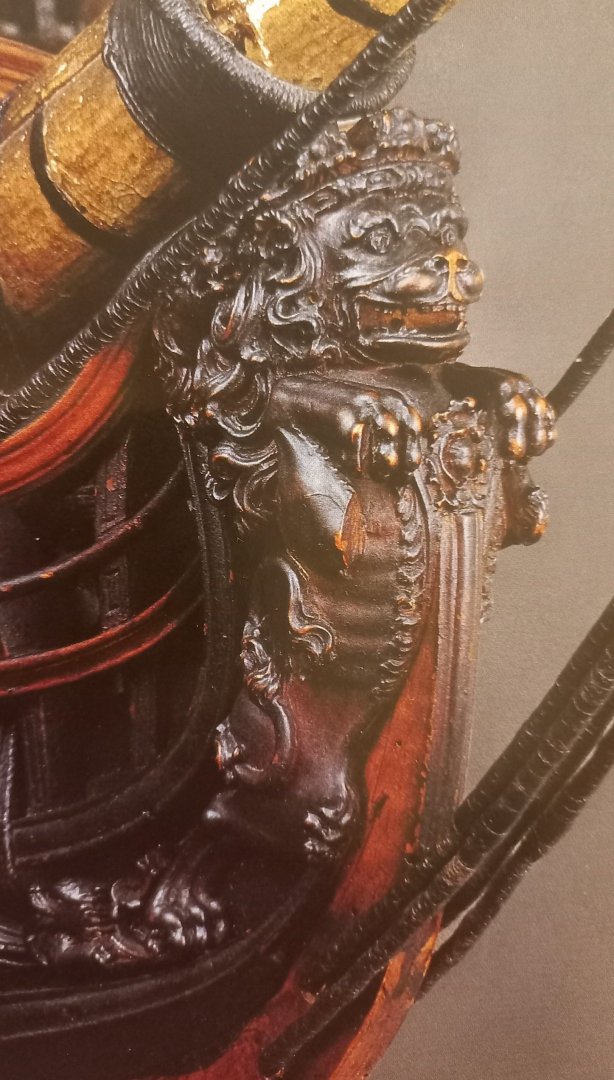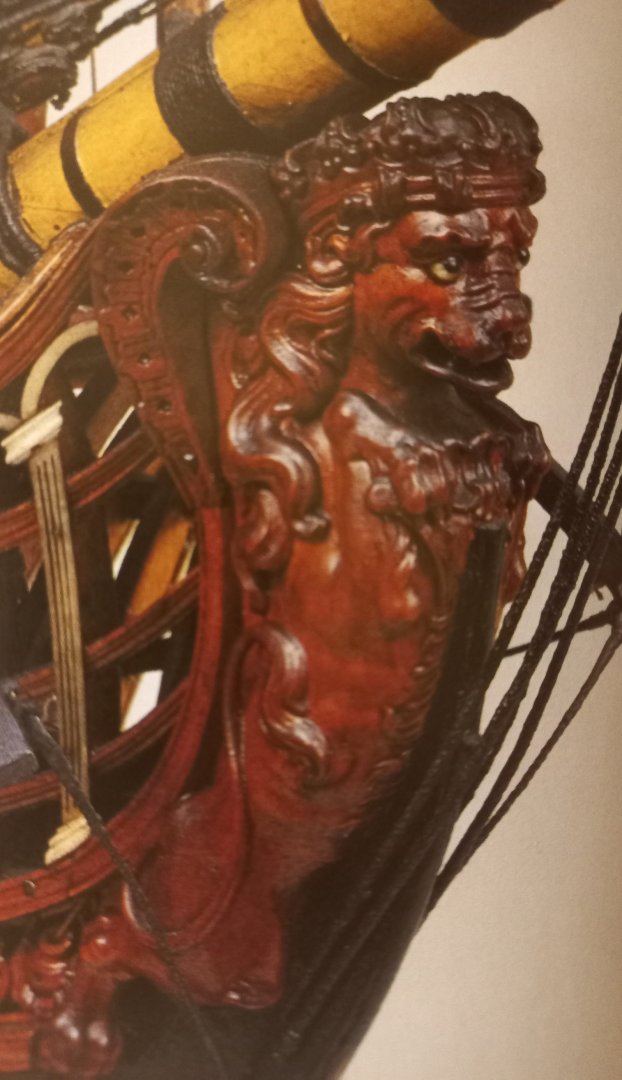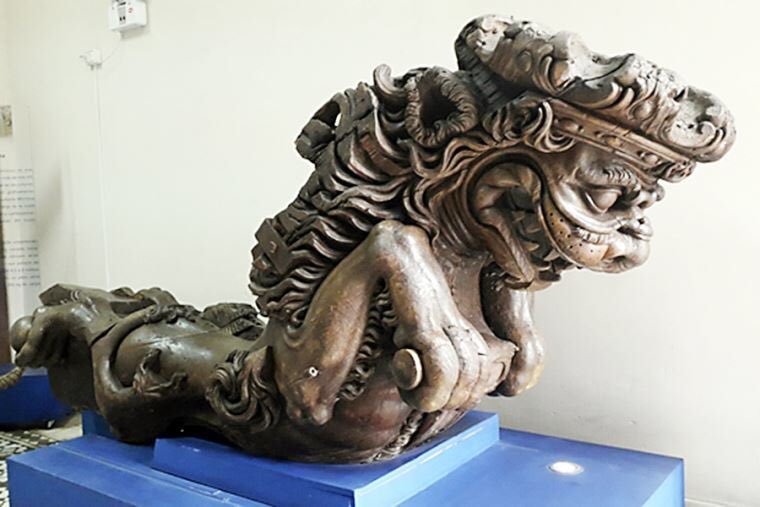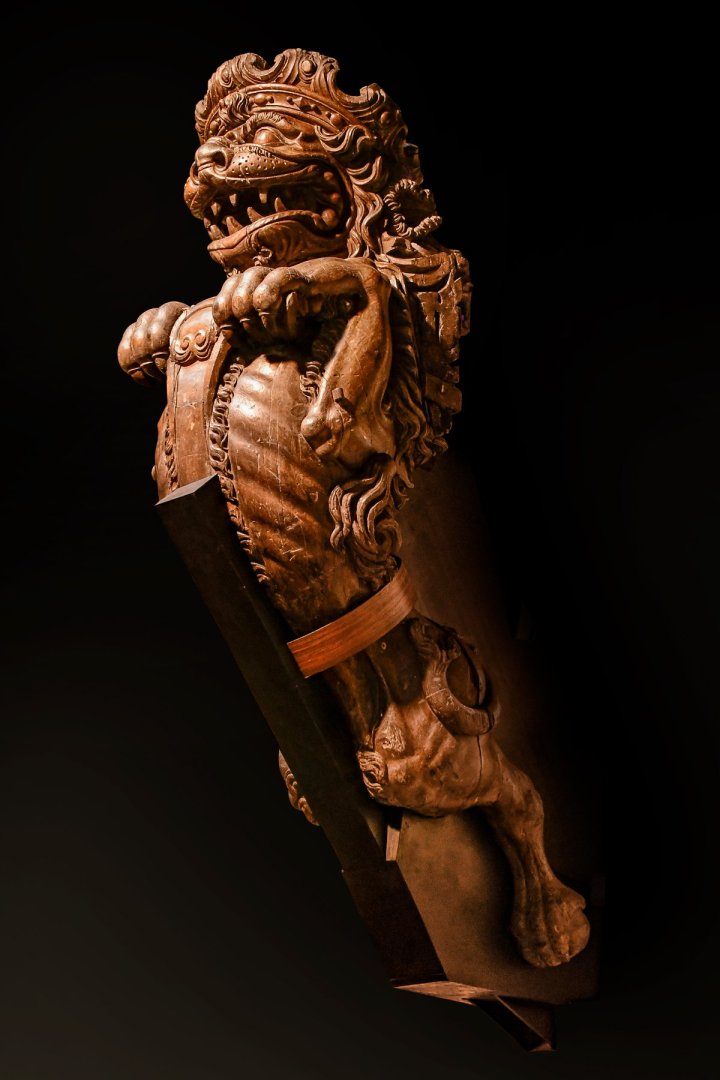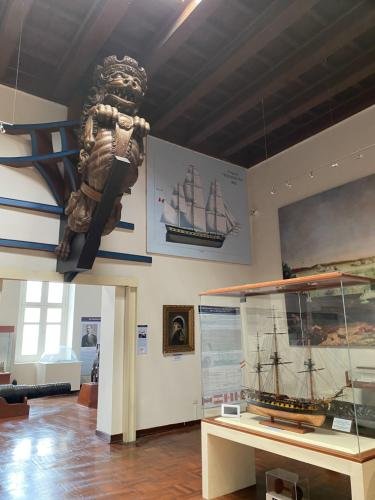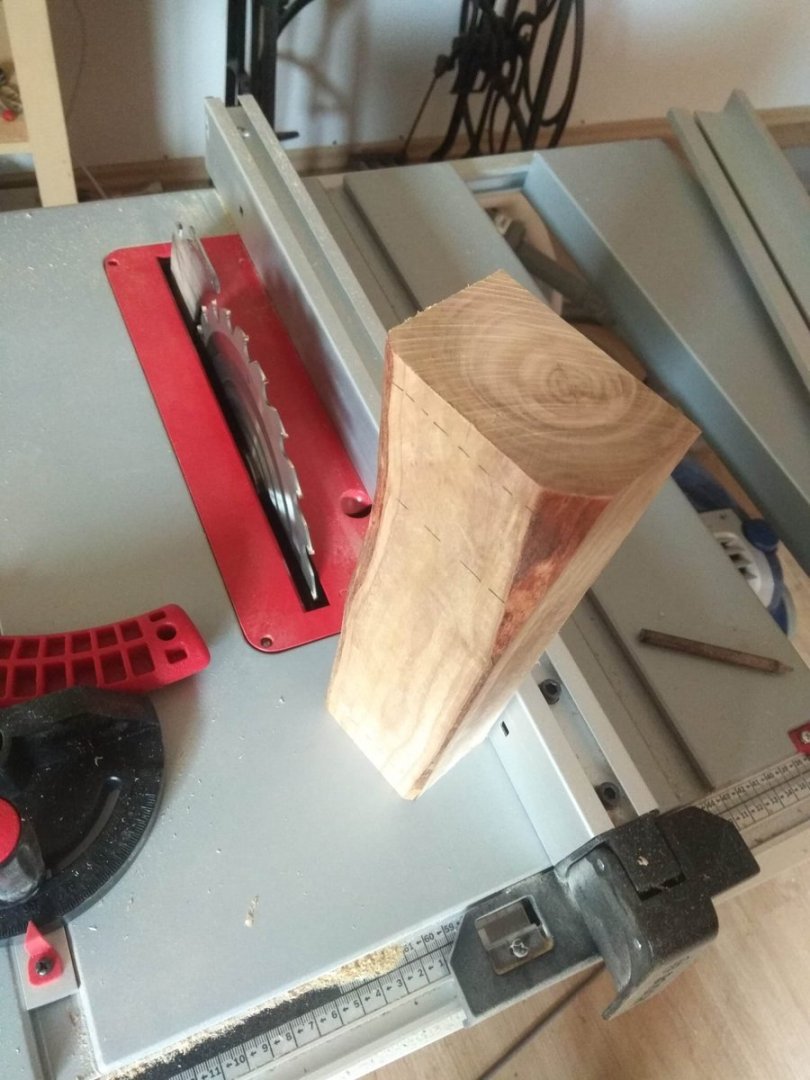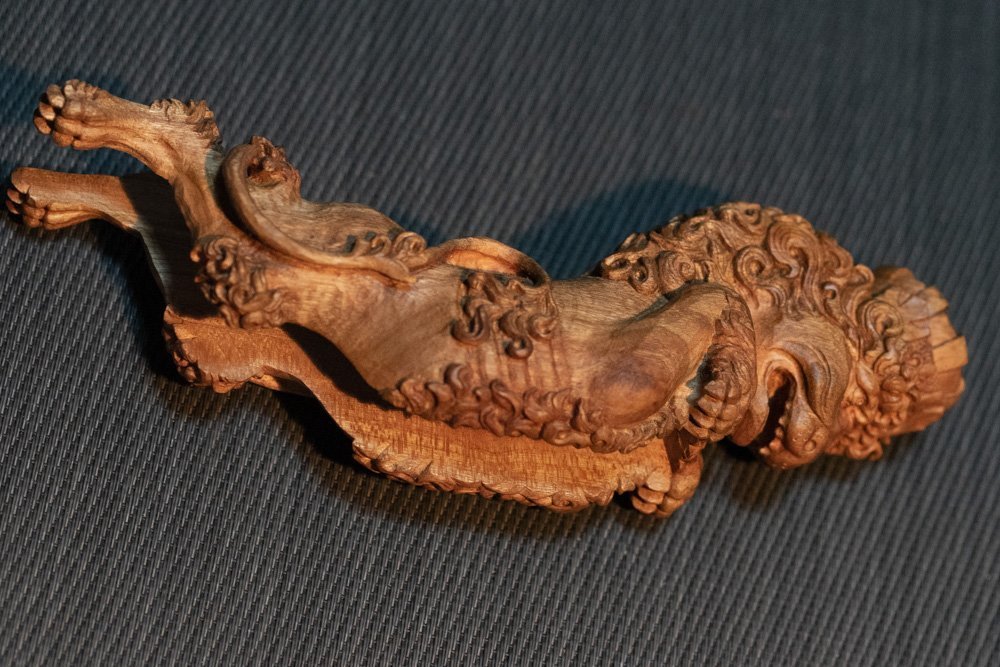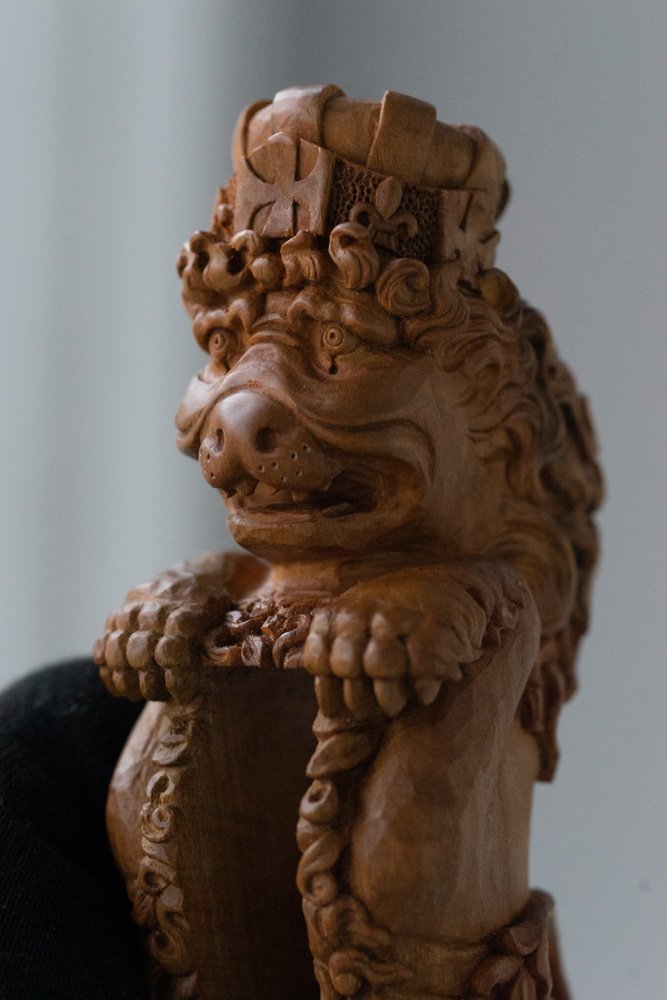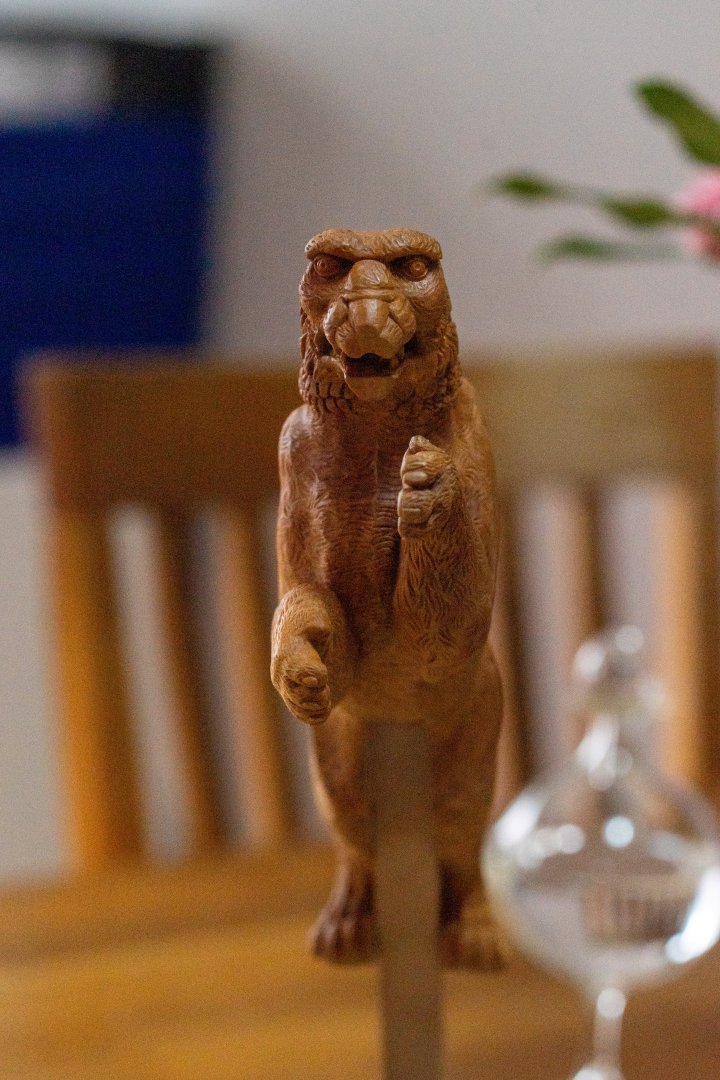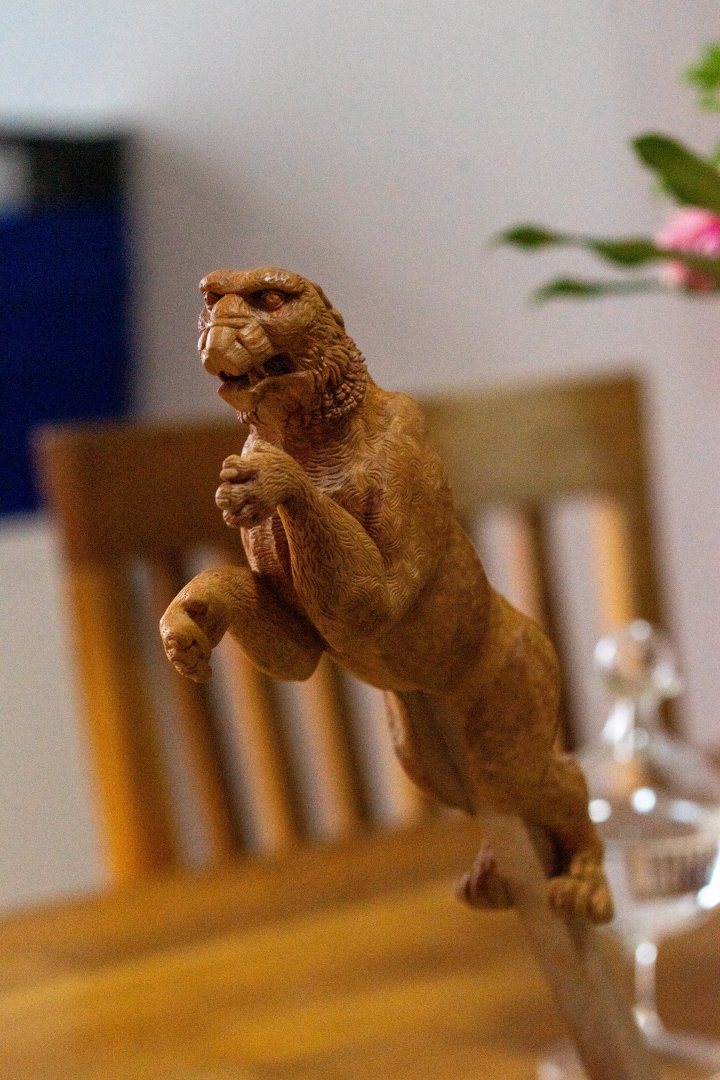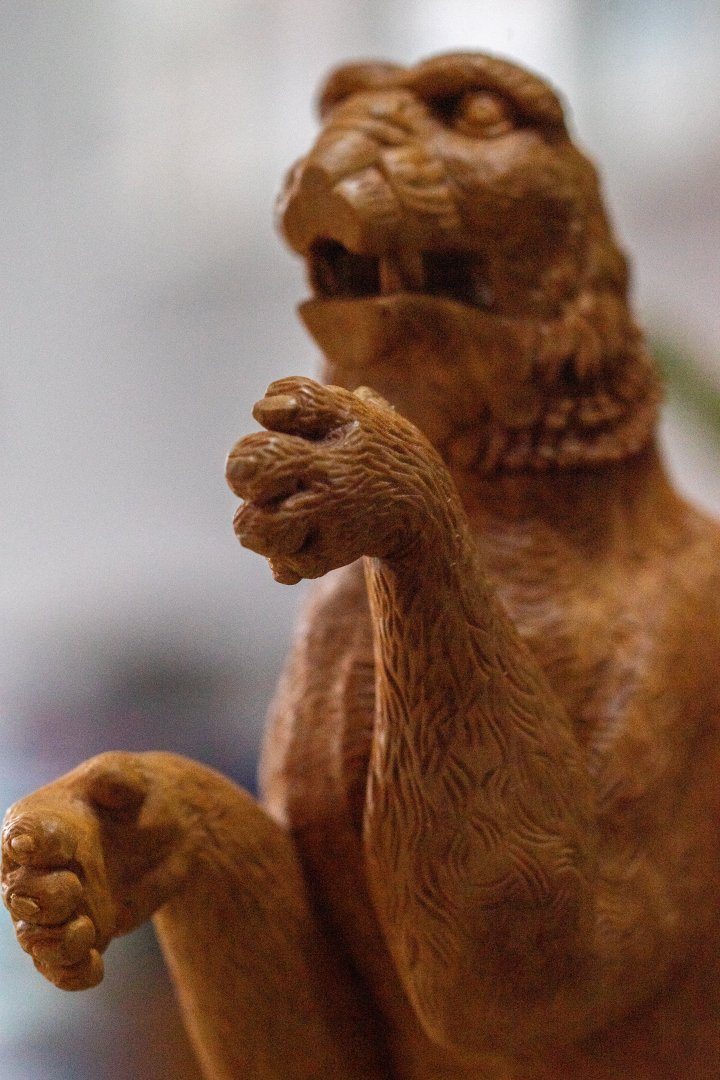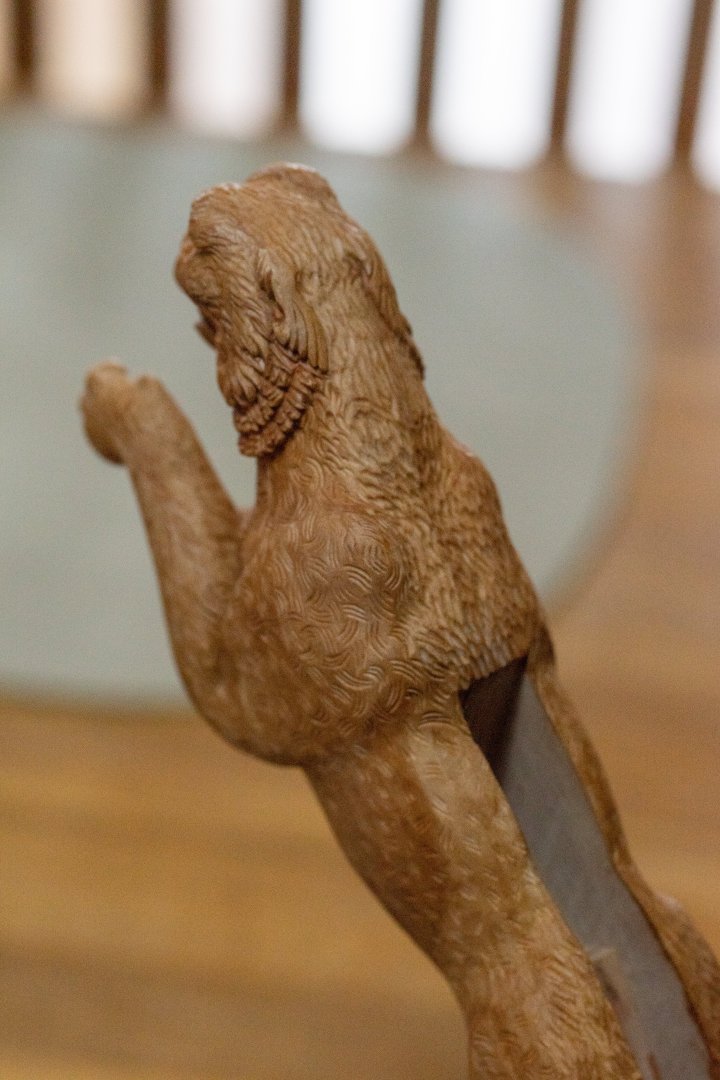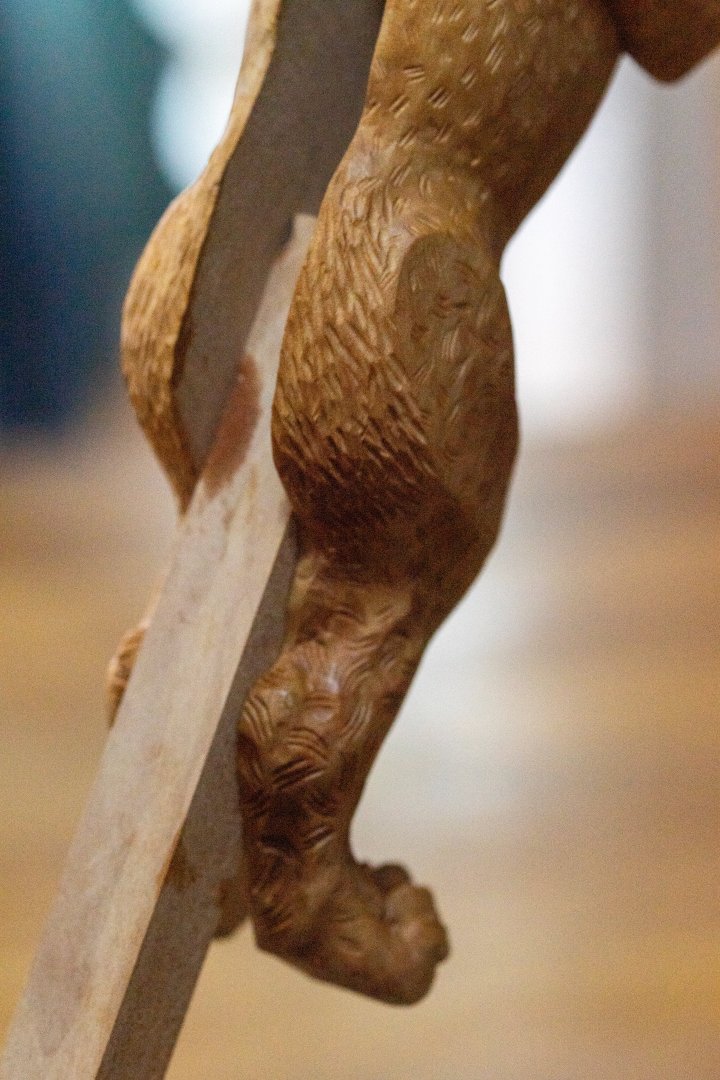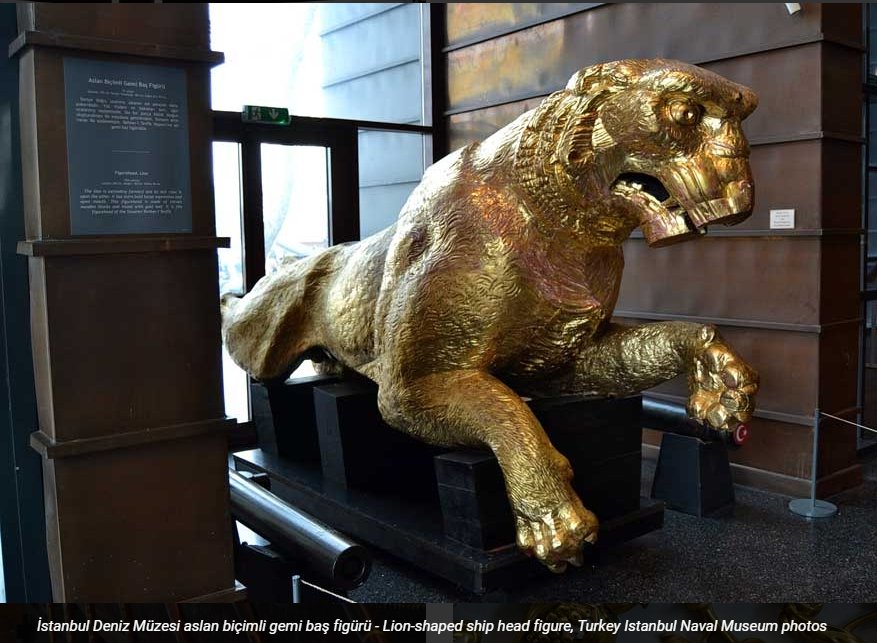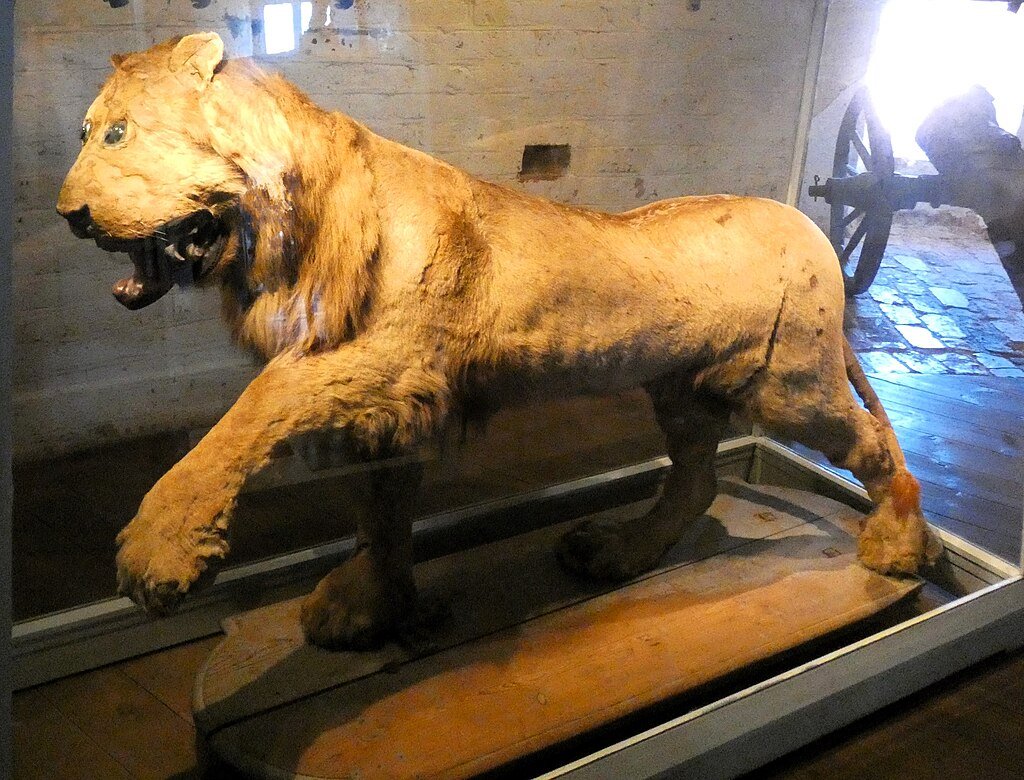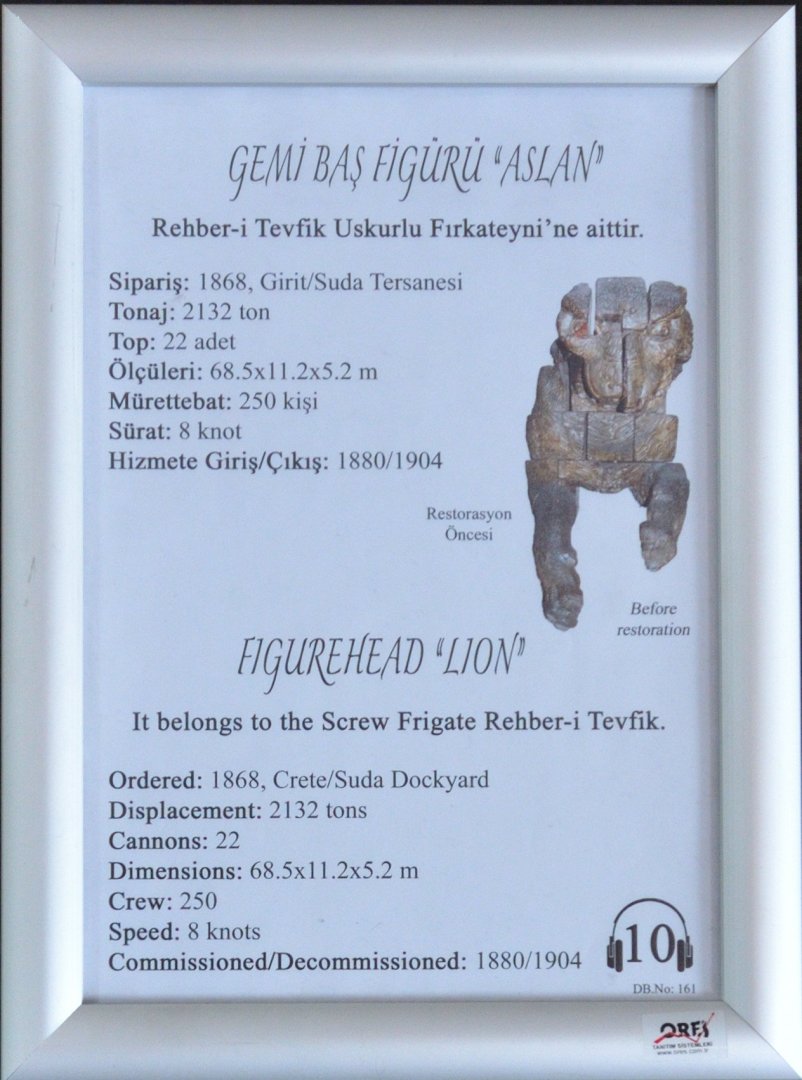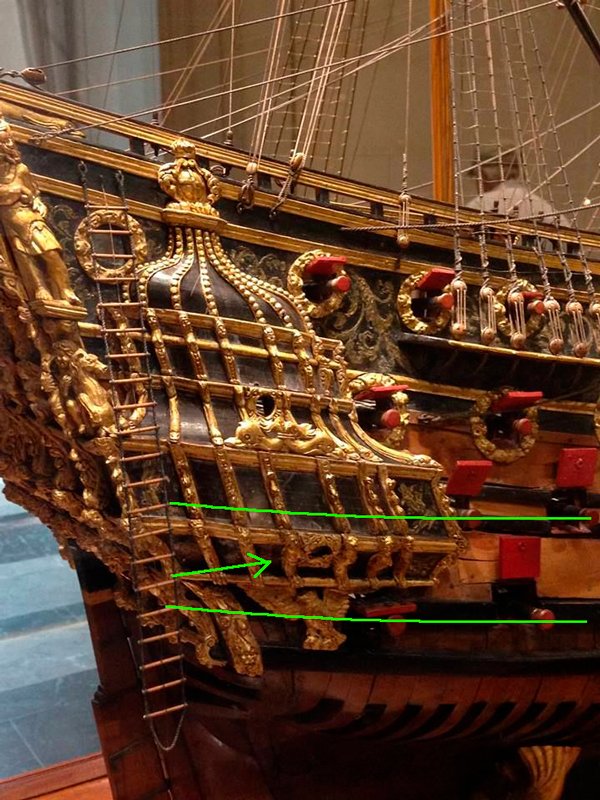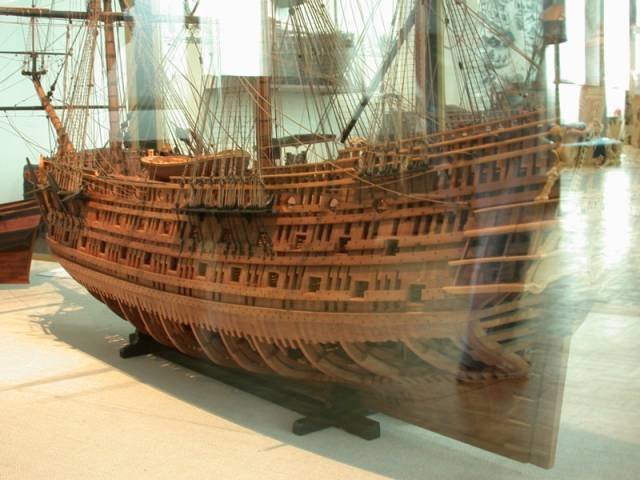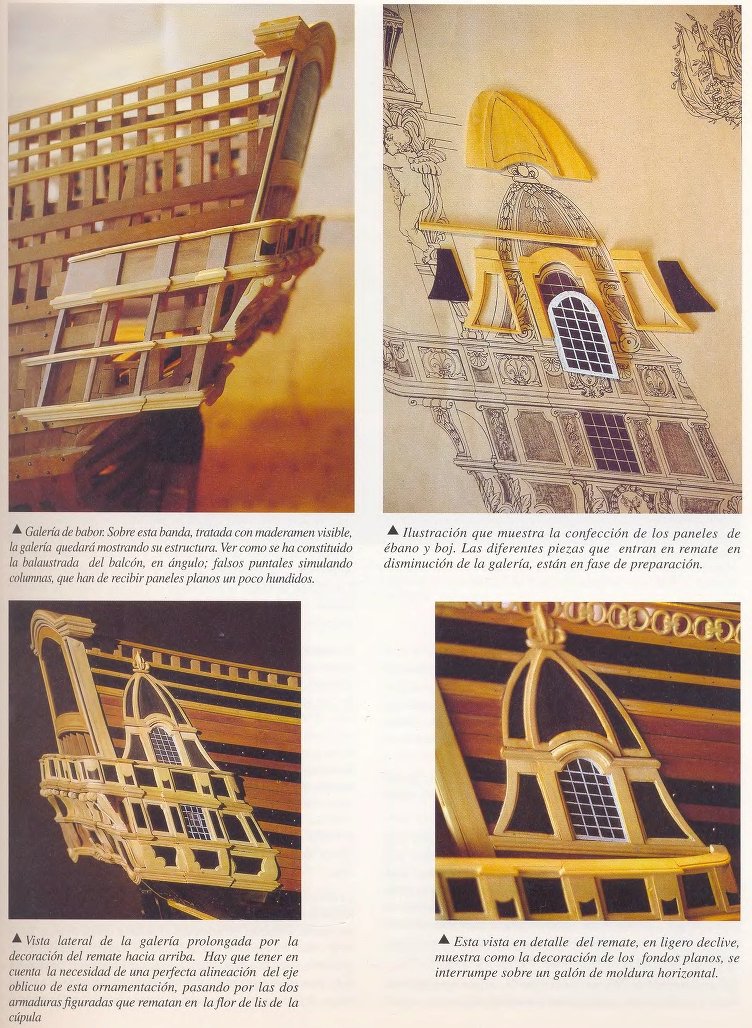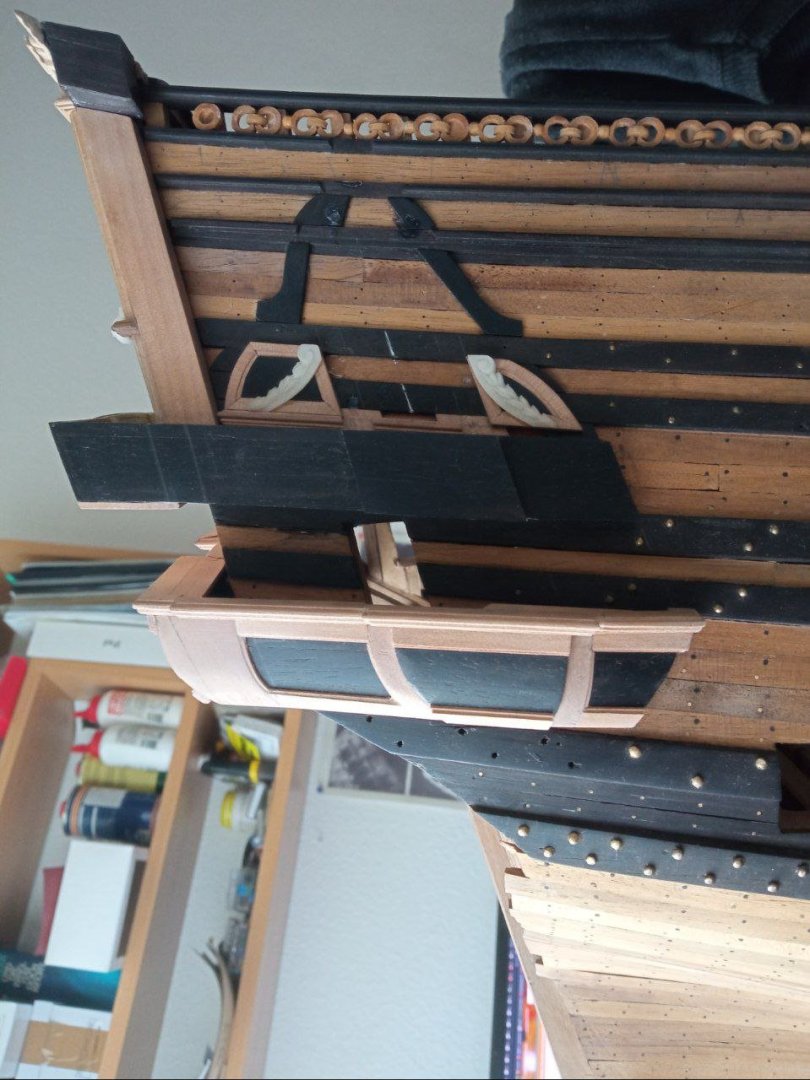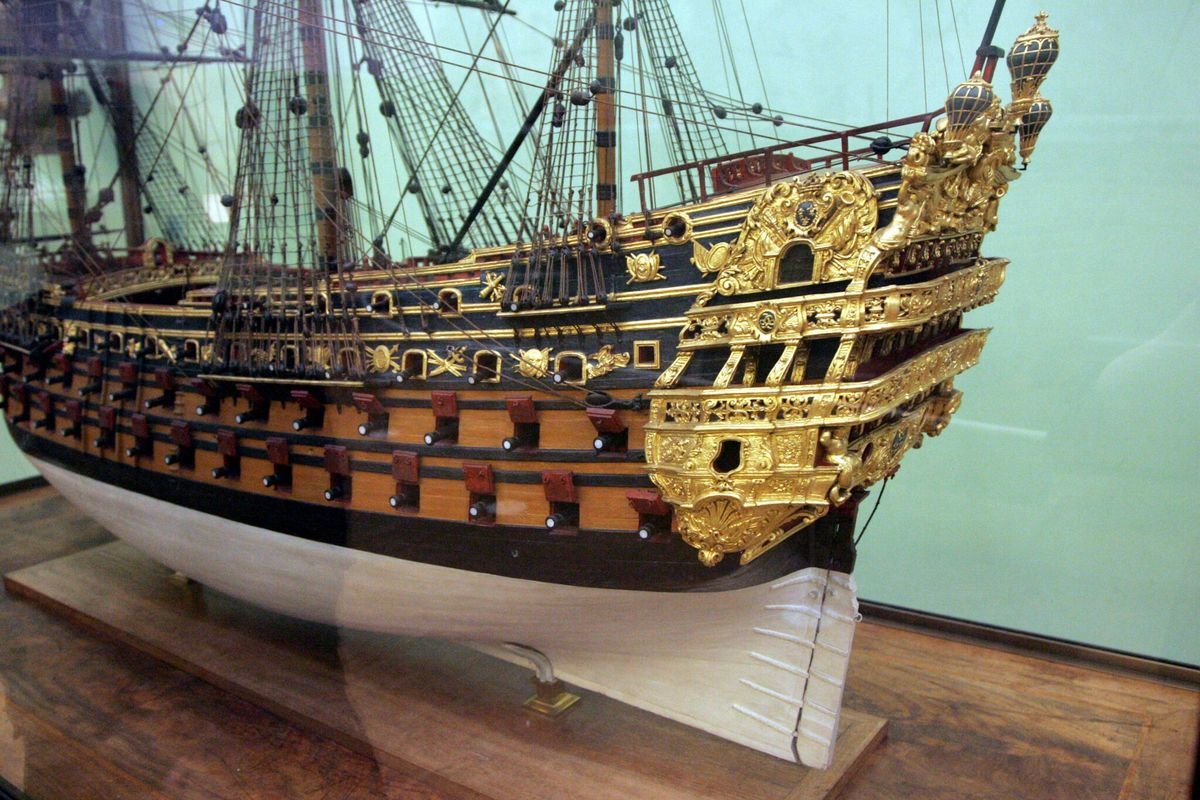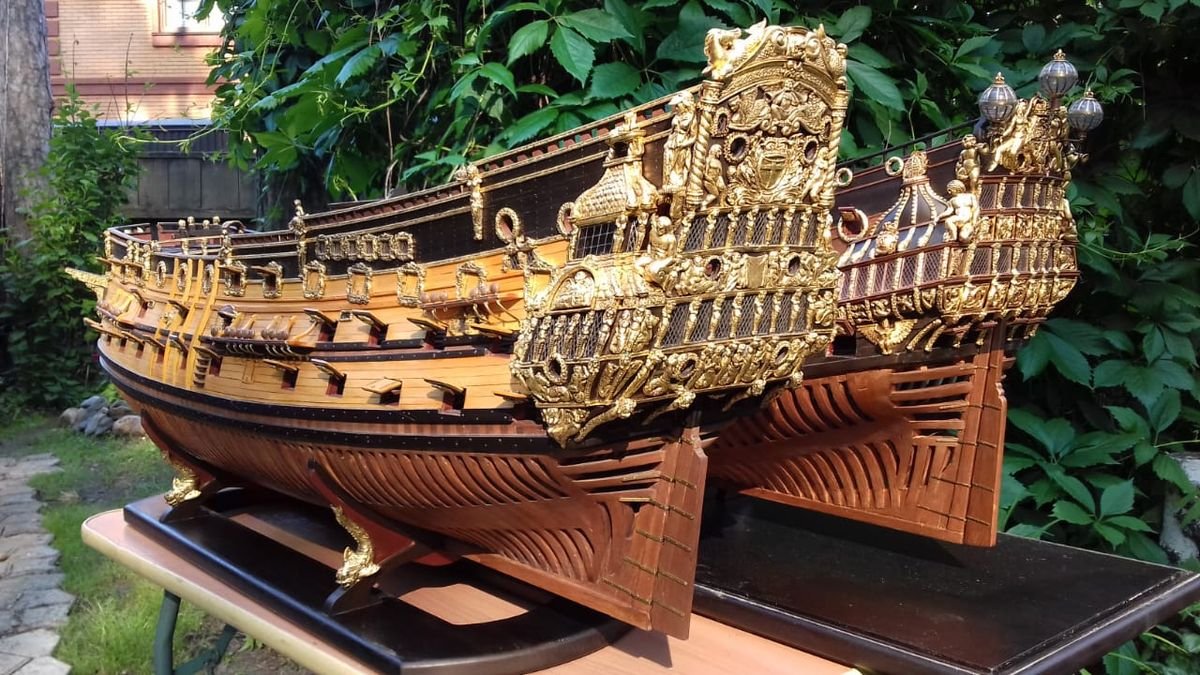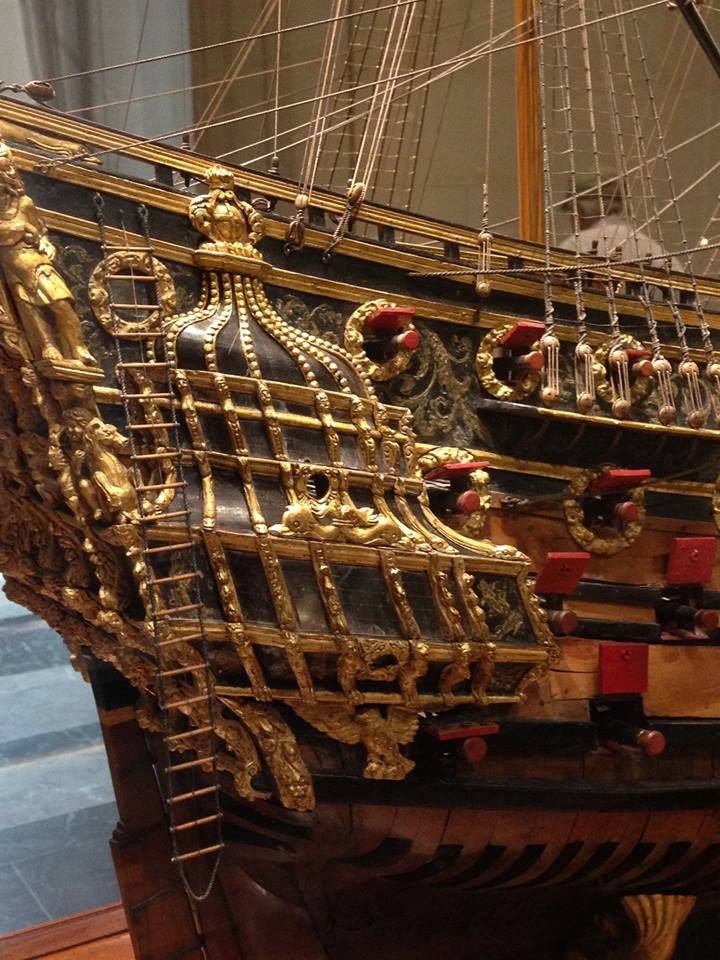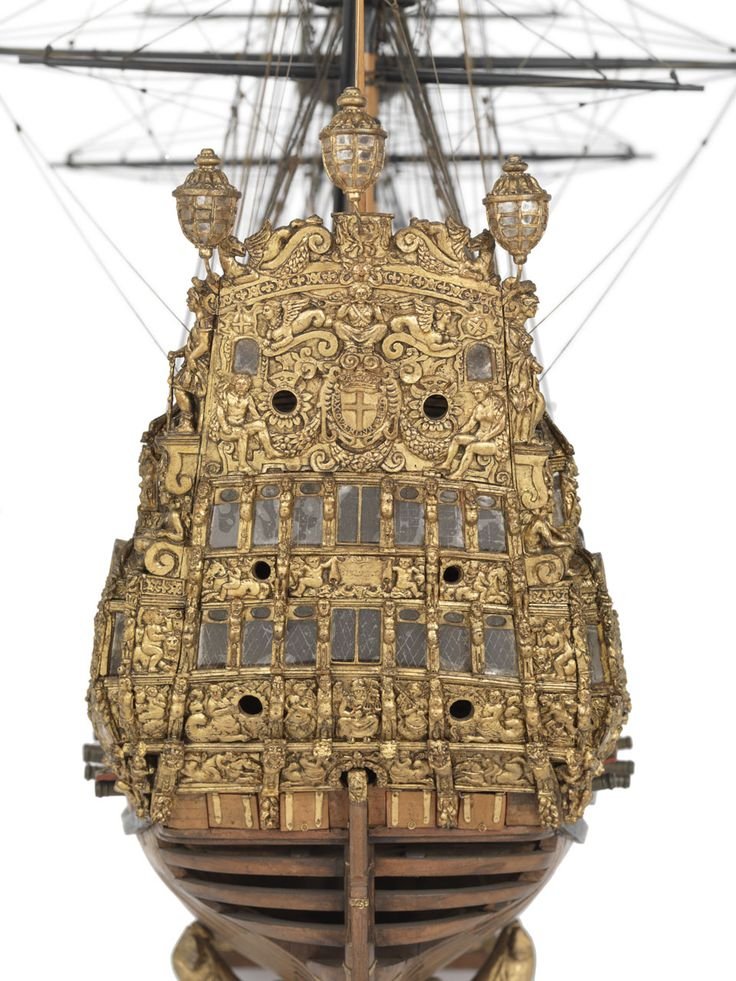-
Posts
297 -
Joined
-
Last visited
-
 druxey reacted to a post in a topic:
Soleil Royal by Hubac's Historian - Heller - An Extensive Modification and Partial Scratch-Build
druxey reacted to a post in a topic:
Soleil Royal by Hubac's Historian - Heller - An Extensive Modification and Partial Scratch-Build
-
 druxey reacted to a post in a topic:
Soleil Royal by Hubac's Historian - Heller - An Extensive Modification and Partial Scratch-Build
druxey reacted to a post in a topic:
Soleil Royal by Hubac's Historian - Heller - An Extensive Modification and Partial Scratch-Build
-
 Ronald-V reacted to a post in a topic:
Soleil Royal by Hubac's Historian - Heller - An Extensive Modification and Partial Scratch-Build
Ronald-V reacted to a post in a topic:
Soleil Royal by Hubac's Historian - Heller - An Extensive Modification and Partial Scratch-Build
-
 Ronald-V reacted to a post in a topic:
Soleil Royal by Hubac's Historian - Heller - An Extensive Modification and Partial Scratch-Build
Ronald-V reacted to a post in a topic:
Soleil Royal by Hubac's Historian - Heller - An Extensive Modification and Partial Scratch-Build
-
 Hubac's Historian reacted to a post in a topic:
Soleil Royal by Hubac's Historian - Heller - An Extensive Modification and Partial Scratch-Build
Hubac's Historian reacted to a post in a topic:
Soleil Royal by Hubac's Historian - Heller - An Extensive Modification and Partial Scratch-Build
-
 GrandpaPhil reacted to a post in a topic:
Soleil Royal by Hubac's Historian - Heller - An Extensive Modification and Partial Scratch-Build
GrandpaPhil reacted to a post in a topic:
Soleil Royal by Hubac's Historian - Heller - An Extensive Modification and Partial Scratch-Build
-
 GrandpaPhil reacted to a post in a topic:
Soleil Royal by Hubac's Historian - Heller - An Extensive Modification and Partial Scratch-Build
GrandpaPhil reacted to a post in a topic:
Soleil Royal by Hubac's Historian - Heller - An Extensive Modification and Partial Scratch-Build
-
 Hubac's Historian reacted to a post in a topic:
Soleil Royal by Hubac's Historian - Heller - An Extensive Modification and Partial Scratch-Build
Hubac's Historian reacted to a post in a topic:
Soleil Royal by Hubac's Historian - Heller - An Extensive Modification and Partial Scratch-Build
-
P.S. Allow me to offer a little advice. You wrote that you are upset by the mismatch of angles and slopes. This results in parts that do not fit together properly during assembly. At the same time, you are making each screen separately from the others. It will be easier for you if you make a template with the general shape of the balustrade. And if you make the screens with a margin at the top and bottom, you will be able to assemble all the screens on the template. Only then should you cut or sand the top and bottom of the entire set. Then all the angles and slopes should match perfectly.
- 2,696 replies
-
- heller
- soleil royal
-
(and 9 more)
Tagged with:
-
Mark, hello. You are not alone in thinking this way. It is very familiar to many of us. When I do my job, I also worry that I am not able to do it perfectly. And sometimes, I do it and I like what I see as a result. But as soon as I take a photo of the product, my hair stands on end with horror. Everything is crooked. There are some rough, broken edges, joints, and debris. Just a moment ago, none of this was there, and my eyes didn't see any flaws. But micro photography changes everything. And it ruins my mood. In reality, it's not so bad. We live in a world of machines and computers. We are used to machines making perfectly accurate parts and printers making copies. That is why we demand the same from ourselves. However, this is not always possible. Yes, there are people who have a steady hand and a keen eye, who are capable of doing things so precisely that even under a microscope it is impossible to find fault with their accuracy. But that does not mean that other people should not engage in creativity until they achieve the same level of skill. First and foremost, we create things that should evoke emotions. If this happens, then the task has been successfully accomplished. When I looked at the museum models, I couldn't help but notice that there were quite a few “crooked” details. But that doesn't prevent me from admiring the model. When I was reproducing the carvings from the Vasa ship, I saw that there were also many asymmetrical and crooked elements there. What's so difficult about that? Well, no, one eye is higher, the other is lower. The head of the sculpture looks as if it was made by different people from different sides, who didn't pay any attention to what their neighbors were doing. But we still admire it and enjoy looking at it. I hope this will reassure you at least a little. You are following in the footsteps of the builders who once built the ships we admire today.
- 2,696 replies
-
- heller
- soleil royal
-
(and 9 more)
Tagged with:
-
 HAIIAPHNK reacted to a post in a topic:
Soleil Royal by Hubac's Historian - Heller - An Extensive Modification and Partial Scratch-Build
HAIIAPHNK reacted to a post in a topic:
Soleil Royal by Hubac's Historian - Heller - An Extensive Modification and Partial Scratch-Build
-
 GrandpaPhil reacted to a post in a topic:
Carving from Belgorod
GrandpaPhil reacted to a post in a topic:
Carving from Belgorod
-
 GrandpaPhil reacted to a post in a topic:
Carving from Belgorod
GrandpaPhil reacted to a post in a topic:
Carving from Belgorod
-
 HAIIAPHNK reacted to a post in a topic:
Soleil Royal by Hubac's Historian - Heller - An Extensive Modification and Partial Scratch-Build
HAIIAPHNK reacted to a post in a topic:
Soleil Royal by Hubac's Historian - Heller - An Extensive Modification and Partial Scratch-Build
-
 HAIIAPHNK reacted to a post in a topic:
Carving from Belgorod
HAIIAPHNK reacted to a post in a topic:
Carving from Belgorod
-
Hello, David. You're right, we are indeed the first in line to criticize our own work. And that's normal, as long as it doesn't turn into complexes. The truth is, we also have an enthusiastic fan of our own creations inside us, who craves recognition from others. So there's almost always a battle going on inside between the critic and the fan. Sometimes their arguments even keep us awake at night.
-
 HAIIAPHNK reacted to a post in a topic:
Carving from Belgorod
HAIIAPHNK reacted to a post in a topic:
Carving from Belgorod
-
 HAIIAPHNK reacted to a post in a topic:
Carving from Belgorod
HAIIAPHNK reacted to a post in a topic:
Carving from Belgorod
-
 HAIIAPHNK reacted to a post in a topic:
Carving from Belgorod
HAIIAPHNK reacted to a post in a topic:
Carving from Belgorod
-
Now it's time to show the photos. I didn't take any photos along the way. Only the final ones. This story turned out to be emotional. Even tearful. Was there any point in writing about it? Maybe I should have just shown the photos and left it at that. But there are practical lessons to be learned from this story. I heard this phrase: Sometimes you need to stop and think, am I doing something stupid? I don't remember where I heard it. It sounds like something psychological. It could have been said somewhere in a movie or a motivational speech. This saying also applies to this case. Maybe it's worth stopping and starting all over again. That's what I should have done. -------- I was already thinking of stopping there. But just before publishing the article, I decided to add a few more words. There have been many moments in my life when I failed at something. And then my mood would also be ruined. For example, I'm terrible at ironing clothes. I hate doing it, no matter how hard I try, after I iron them, they look even worse. I am completely unable to plaster walls. When I was building my house, this stage drove me crazy. What could be so difficult about it? Just take the plaster and smear it on the walls. But no matter how hard I tried, I couldn't get the walls to be nice and smooth. There are many other similar examples. And many times I abandoned other “chewed-up moles.” I put them aside and thought that later I would return to this task and do everything right. But that was the end of it. I didn't start over. I didn't redo it. There are many such abandoned, unfinished projects. From this point of view, the Spanish lion can be seen as a victory. One way or another, this project has been brought to completion. And that's what matters! There are moments in life when a problematic story no longer seems tragic after some time has passed. And you can tell jokes about how you crashed your car, lost your wallet, or fell into a puddle. So be it. And then I will point to my lions and say: I called this one Gustav, and that one Peter. And this one, with a sly smile, is Chewed Mole. And then they will surely ask me why a mole, and a chewed one at that? And then I will say: It's too long to explain. Believe me, he is the real Chewed Mole. No other nickname would suit him...
-
Chewed mole. There is such an expression in Russian. I don't know where it came from, and I don't know its true meaning 100 percent. I've never thought about it, and I can't say that I use it often in my speech. I just know it from somewhere, that's all. Most likely, this strange combination of words appeared as a substitute. There is a swear word that sounds like this very mole that someone chewed. That is, in order not to say the swear word, for example, if there are ladies or children nearby, someone came up with a strange but legal phrase. Those who are familiar with the swear word will understand what is actually being said here. But innocent children will only hear a funny combination of words. But this is just my guess, I don't know the exact explanation. This phrase is usually uttered when something breaks, gets damaged, or doesn't work out. It's an outburst of pent-up emotions. I'm sure there's something similar in every language. People are the same, and when something doesn't go as planned, they just want to swear. But why did I start this story with a mole? It's simple: I often remembered this phrase while working on my next lion. But first things first. This story is about a Spanish lion. As usual, I first had to find a suitable reference. That wasn't a problem. There are plenty of lions from Spain. I spent more time thinking about which one to choose. And just before I started working, I suddenly saw this photo by chance. It immediately caught my attention. I started looking for information about where this photo was taken. In which museum? Soon I had other photos with this lion. I realized that I wanted to make this one. And so the work began. And then that same chewed-up mole started to appear somewhere nearby. I decided to make this lion from a small apple tree log. I had worked with this log before. I used part of it to make the “Brit.” And then everything was fine. But now the wood was tormenting me. It was very difficult to cut and process. In some places, the material was loose, and in others, the cut turned out as if I were not working with a sharp knife, but tearing with my teeth. While I was doing the rough work, I didn't pay attention to it. Movements during this stage of work do not have to be very precise. You just need to cut away a lot of excess material. Untidy marks are quite normal here. But when it came to more precise movements, the wood began to surprise me. I can cut the wood and everything cuts perfectly, but after a couple of centimeters, everything starts to change dramatically. Then you can only cut in one direction, then in the opposite direction. The material crumples, then tears. And then everything becomes quite acceptable again and cuts perfectly. And every time I huffed and puffed, called the lion a mole, and wondered whether I should continue carving. Maybe I should throw away this damn piece of wood, take another blank, and start all over again. And every time I came to the same decision. No, I'll give this blank another chance. I've already wasted a lot of nerves and time on it. But now I've managed to make the difficult part look less like someone actually chewed on it and spit it out. I've achieved a result that doesn't look too awful anymore. After all, I've already carved another lion from this piece of wood. And everything was fine. I hope my torment will end here and everything will be easier from now on. And guess what happened next? Next, I remembered the mole again, got angry and tormented myself. And again I thought that maybe it wasn't too late to start all over again. And every time I thought about it, I found more and more reasons to convince myself to continue tormenting myself. Look, you've already done the head, it was difficult, but now you like it... Come on, you've already done the head and the mane. Don't you feel sorry for the time you've spent? Look, you've already done more than half the work, you didn't just suffer, you also showed tremendous patience. Come on, gather your strength, this nasty piece of wood must not win, it must not break you. So I kept working. In the end, the Spanish lion wasn't abandoned. I showed patience. Or maybe stubbornness. Or maybe it wasn't patience at all, but laziness. Laziness to start all the work over again. All of this is equally true. In the end, I would describe the path I decided to follow as negative rather than positive. Yes, I can call myself persistent. I can think about the fact that I was able to complete the work with capricious material. Can this be called a victory? Yes, it can. But in reality, no. Because of my attitude, I spent a lot of time on this sculpture. The work progressed slowly. I often put everything aside. Perhaps if I had taken a higher quality blank, I could have made not one figure, but two or three in the same amount of time. Every time I returned to work, I was not driven by a sense of pleasure. Not by sweet thoughts that I would be doing what I love. But by the fact that it would spoil my mood again. And I would do it only to get it over with as soon as possible. Yes, I was able to smooth out the difficult spots, and if I hadn't talked about my adventures, no one would have known about it. And no one would have found those spots. But still, I only did it so that the rough and poor-quality areas wouldn't be noticeable. I couldn't do everything the way I wanted to. I wanted to get a different mane. On my lion, it's not the same as on the original. And that's the downside of my decision, my laziness. Most likely, I will continue to tremble with excitement for a long time when I look at this sculpture. For me, it will remain Zhevanny Krot. I remember other sculptures. What I achieved with them. And now there will be an outcast.
-
Well, now I can show you what I've come up with. This is what my Turkish lion figure looks like. I haven't yet decided whether this will be the final look or if I will work on it some more. You can see that the museum reference has gilding. Maybe I will do the same with my sculpture. But I'm not sure. I don't know if it's worth doing. I will come back to this question later, when the whole company is assembled. I will lay out all the lions and think about how they will stand on their exhibition pedestals. Should I leave them all wooden, or should I add paint, gilding, or something else to some of them? For now, at this stage, I consider the work on the Turkish lion to be complete.
-
After work on Fulminant was discontinued, I had more time. And I returned to my lion project. During this time, I managed to finish two lion figures. And first, I will show you the Turkish lion. In fact, it took a very long time to complete. I started it more than two years ago. And work on it was put on hold. Only now has it been completed. I finished everything I wanted to do. Well, not everything; there are still some issues left. But more on that later. I didn't take any photos while I was working on it. There's nothing new here, and I don't see the point in photographing something I've already shown many times. So, there will only be photos of the finished sculpture. I am very happy that I was able to make a Turkish lion for the lion collection. Very often you can see different styles. The vast majority are either European or American ships. But I don't know any Asian ones at all. Although Turkey is a country with a long maritime tradition. But I don't know much about it. The only memories I have are childhood impressions from Sabatini's books. In one of them, the main character was enslaved on a Turkish galley. But, of course, as befits the main character, he managed to escape and embark on adventures. I also remember descriptions of some battles from the Russo-Turkish wars. But that's all about events. I had no idea what Turkish ships actually looked like. That means I had never encountered Turkish decor. I know that religious laws prohibit painting or sculpting people, and the main method of decoration is patterns, intertwining geometric or plant elements. So, getting to know the ships of this country was a revelation for me. As it turned out, the maritime museum in Istanbul is very diverse and rich. There was a lion figure there that I couldn't pass by. What was especially valuable was that it wasn't just a small figure on a model ship or a drawing, it was a life-size sculpture. So there was a lot for me to look at there. The plasticity of the body, the style. How exactly the carver depicted the mane and fur. You can see for yourself how different this lion is from the other European lions in my collection. Compared to Swedish, British, or Russian lions, the Turkish lion is closer to a real predator. In other countries, lions were depicted as strange monsters. Here, with the exception of a few minor details, the body structure is very accurate. The explanation for this is quite simple. Most likely, lions were not exotic animals in Turkey. They were probably brought from Africa and kept in private menageries by local rulers or wealthy nobles. In Europe, it was much more complicated. People there simply did not know what a real Simba looked like. Keeping one was not easy. More often than not, lions could be seen as skins on the wall or stuffed animals. That is why there is such a big difference in how artists imagined the king of beasts. Well, the second reason why the Turkish lion looks more like a real one than the others is that the Turkish lion represents a different era. It was created much later than its northern counterparts in the collection. That's the whole reason. Ideally, I would have liked to find a more ancient reference for the Turkish lion. But I simply couldn't find one.
-
 HAIIAPHNK reacted to a post in a topic:
Soleil Royal by Hubac's Historian - Heller - An Extensive Modification and Partial Scratch-Build
HAIIAPHNK reacted to a post in a topic:
Soleil Royal by Hubac's Historian - Heller - An Extensive Modification and Partial Scratch-Build
-
 HAIIAPHNK reacted to a post in a topic:
Soleil Royal by Hubac's Historian - Heller - An Extensive Modification and Partial Scratch-Build
HAIIAPHNK reacted to a post in a topic:
Soleil Royal by Hubac's Historian - Heller - An Extensive Modification and Partial Scratch-Build
-
Now about what you said about the working space between the guns. You are right, it is extremely important that they are mounted at a sufficient distance from each other. I absolutely agree with you. And that's why there was a discussion on these same pages a few months ago about where exactly to put an additional cannon. Putting the cannon in the outermost segment is the most convenient option and in terms of the issue you have raised. A cannon placed in the outermost section of the Bottle will not interfere with the “neighbors” in any way. However, I cannot agree with you on the most important point. There is a very big difference in exactly where you can put a cannon in a side gallery, and where you can't. And if the outermost segment is too close to the outermost cannon on the deck, I would never put a cannon in the middle of the side gallery. I've written quite a bit on this topic before. And believe there is no point in repeating myself. About the fact that there are mentions with cannons, I tried to be objective and point out that side too. But I can't call these examples worthy of serious attention. All images can be divided into two groups. These are drawings. Simple pencil drawings. Let's be frank - these are in no way suitable for a serious document. I just imagine that a few centuries later someone will find my childhood sketchbooks where I drew cars, airplanes or ships and will claim that this is exactly how it looked in the distant 21st century. Here's the proof. We will repeat exactly. Parsing what in the old drawings was actually correctly depicted, and where the artist's imagination or lack of knowledge is a separate topic altogether. I think you'll agree with that. We often argue about nuances not only when looking at fuzzy handwriting, but also drawings made as an exhibition project for a king. And even here we can debate what Beren meant by making the floor lines not parallel to each other? And here it should be a volumetric construction or a flat bas-relief? And we end up with models where there's no exact replication. Created after personal research work, private representations of a particular author. And you can either agree with it or not. Please, make your own version. The modeling world will only get better. And let our descendants go crazy, compare different variants and think why they are different? Which one is right and which one is wrong? The second group is models in museums. And this is a much more serious argument. But what do we actually see on these models? I have already mentioned that some of these models are ships that were not built and do not reflect accurate data. But now let's put that argument aside. --- Let's take another close look. You can see the standard cannon positions right next to it. And that's where the cannon barrels are. If the windows in the side locks are also cannon windows, then why did not they put cannons here? What prevented it? Or maybe it's just a window? And there shouldn't be a cannon in it? I willingly agree that from these windows it is possible to fire muskets, arquebuses or other kinds of hand-held light weapons. But not a cannon. And this is an example that I myself was interested in, and am now already using strictly in counter-evidence. The small size of the porthole already speaks volumes. Now look at this porthole. You can see perfectly well that it is much higher than the cannon windows next to it. There's no way this porthole could have been a gun emplacement. It's just an open little window for ventilation, that's all. The only thing that could have been fired from here was something portable. I tried to find some documentary information and couldn't find any evidence to support the theory that a cannon could have been placed here. I looked at every book I could find. Spent a lot of time searching the internet. I couldn't find anything. I also managed to get in touch with Michael Bezverkhny. He's one of the masters who built Ambitionary. And his opinion deserves attention. Especially since he is also a man who is well acquainted with ship history and engineering. I asked him questions about Ambitious and about the possibility of placing artillery in side locks in general. And he too confirmed that it was technically impossible. By the way, if you can find such information, I'd love to continue the discussion. I've become so interested in this that I'd even like to see some actual Legend Breakers style experiments. So that replicas of ship rooms could be built, in which cannons would be set up and demonstration shots would be fired. How can I finish what I'm saying? This model can accommodate an additional pair of cannons on its side (one on each side) so that these cannons are positioned in the side castle area. But ONLY in one place! In the outermost section. In this case, there will be no conflicts with the standard distance to neighboring cannons, nor with the impossibility of anchoring and firing. And this is the ONLY possible option on this ship.
-
Hello, Empathy. Your questions are interesting. However, I will try to answer them. I cannot answer for Mr. Frohlich and comment on what and why he did in his model. I think he was merely sticking to the blueprints he had. I'm talking about the Budrio monograph. And it's worth redirecting questions to the book here. In part, Budrio himself, in the pages of his work, has answered that question. His version of the Ambitious is a certain collective image, not a strict recreation of a particular ship. And the title is rather symbolic, Budrio chose this one out of the whole cohort of ships studied simply because it illustrates the colossal idea that the author planned to realize. It can be debated at length whether he was right to make such a choice. After all, mentioning a particular ship sets certain queries. You, for example, would like more scrupulous adherence to the data. How would you decide? If you set a goal to make some kind of generalized picture, combining all ships within a class, what name would you give? Would it be a title completely unrelated to the actual story, or would you take the name of one of the ships? And would you make a generalized but fantasy model at all, or would you reconstruct exactly a specific ship? With all its data and features? There's no wrong answer. There are just different ones. Budrio decided this.
-
 HAIIAPHNK reacted to a post in a topic:
FULMINANT by HAIIAPHNK - French stern castle
HAIIAPHNK reacted to a post in a topic:
FULMINANT by HAIIAPHNK - French stern castle
-
Hello, Mark. Thank you for your participation in the discussion. I have filed your opinion in my notebook. You have given me food for thought in other topics beyond this issue. I will try to revisit your examples a little later. In the meantime, I'll take a moment to reflect on the situation. Plus, it's the right thing to do for my customer. Let him see other opinions without me interfering with them. Thanks for the advice about the mailbox. I'll try to start another one and post from the new one. Unfortunately, I don't know if that will help. One of the last emails I got was about my customer having problems with other people too. From this I conclude that the problem is not with me after all, but with him. It's so frustrating when something you're used to stops working. It doesn't matter what exactly it's about. When the car breaks down, when the light, water or electricity in the house goes out, or when the TV remote control is lost.
-
Chapter 21 In which the author is already tired of writing, but still continues... Now I’ll move on to the window on the second floor. I believe, unlike the issue with the cannons, this won't take as much time. However, I can't completely set this topic aside—after all, this is where one of the most significant disagreements between my opinion and the client's arose. Let me remind you: the client believes that this window should be glazed. As an argument, he refers to Frölich's model, which serves as an important reference for him. He also mentioned that in the British Museum, all models have mica windows—regardless of whether they are in actual openings or merely false panels imitating glass. These arguments puzzled me. I can't agree with the idea that all models must necessarily have glass windows. I didn't set out to track and classify every window. Moreover, it seems to me that in museum models, there are at least as many blind windows—even in places where they were glazed in the original. Perhaps, during the creation of models, this detail wasn't considered important. It's possible the craftsman didn't have suitable mica, or he was dissatisfied with how it delaminated and became cloudy. I won't judge why windows were often made blind, but there are quite a few such models. And this isn't a "mistake," but simply one of the acceptable approaches. Even if there is a consistent tendency in the British Museum to insert mica everywhere, it's unclear to me why this particular museum should be the standard. Why not French museums? Or German, Russian, Spanish, American ones? Why specifically England? I didn't understand the logic of this choice. Let's try to look at the issue from another angle: how was it arranged on real ships? Of course, on real vessels, cabins had actual windows—to let in light, provide a view of the sea, and create comfort for the inhabitants. But ships also had false windows. They were made for symmetry and beauty, creating the illusion for the observer that there was also a room inside. Such false windows could simply be painted, depicting glass with blue paint, and over it—drawing dark or yellow lines of the frame. And if the ship was particularly luxurious, such "windows" were decorated with mirrors or polished metal so that from the outside they sparkled and looked like real ones. Based on this, it's quite logical that the same principle can be applied to the model. If even false windows were tried to be made as close to real ones as possible, then perhaps in models they were intentionally glazed. One can imagine that a monarch issued a decree: all models presented to him must have "real" windows—with mica. Or conversely: craftsmen, knowing their client's love for everything shiny, inserted mica into every window so that he would be pleased and approve the projects. That is, let's assume that some models indeed have a reason to be fully glazed. But here it's important to emphasize: if glazing is to be done—then in every window. It doesn't matter whether it's a real window or a fake one—within the chosen approach, glass should be everywhere. This is an interesting thought, and it's quite logical. If a viewer on the shore is supposed to see glass and not suspect that some windows are merely illusions, then why not reproduce the same concept on the model? But here I notice a contradiction in the client's logic. If he truly wants to adhere to such a principle, then all windows on the model should be glazed. And if some windows are made with mica, and others—from ivory, then the idea falls apart. We immediately show: "Here is a real window, and here is a fake one." And in this case, the placement and design of each window become fundamentally important. Do you understand what I'm saying? Now about the client's next argument: he claims that the starting point for his decision was the model L’Ambitieux, made by Frölich. Allegedly, in the upper part of the castle, there's a window with glass—so we need to do the same. But, looking at the photo, I don't find confirmation of this. Moreover, the photographs sent by the client quite clearly show: there's no glass at all. It's an absolutely black background. Most likely—a plate of ebony or similar material. But definitely not transparent glass. Look more closely—you might have confused something. Furthermore, the final model of L’Ambitieux gives an unambiguous answer: on the second tier of the side castle, there can't be a real window. Look at the reverse side—Frölich made half of the hull in the admiralty style, and it's clearly visible: there are no cutouts in the frames. It's a solid structural hull, with a decorative panel overlaid, imitating a window. In our case, when we're building not L’Ambitieux, but Le Fulminant based on it, cutting a window at this level would fall right at the junction between decks. And that would look extremely strange. The only way to install mica there is to follow the already described path. Adhere to the logic that can conditionally be called "a hook for the English king": insert mica into all windows without exception. How will this affect the visual perception of the model? Will the hull be visible through the mica? I don't know. But you can simply try: carefully insert mica from the back instead of the ivory plate—without cutting holes in the hull. See how it looks. If the result isn't satisfactory—you can always revert everything back. It's not difficult. On this note, I will probably conclude my descriptions. Earlier, I had already sent letters with similar reflections, but I'm not sure if you received them. Therefore, this is my last attempt to find a way out of the current situation. I had sent letters with similar descriptions before, but I'm not sure if you saw them. So this is the last attempt to find a way out of the current situation. I really hope that sooner or later you will see this series of posts and read all of this. Then you will have the opportunity to make decisions, and I will be sure that I have expressed everything I could. For me, Le Fulminant has become a very interesting project. And I try to invest everything I can into it. And I do care about what the result will be. I also hope that after this series of posts, hints and advice from other forum participants will appear. This series turned out a bit different from what I planned. And can such a thing be planned at all? But I always tried to engage in dialogue with all of you in not quite standard ways. I live, and building this model is also part of my life. I tried to share my thoughts, experiences, life events. This project is more than just a description of construction. I really hope that in the end, by deciding to voice the problems that have arisen, I haven't crossed the line. Therefore, I apologize to the client. I really hope he won't be offended when he reads that I decided to have some dialogue with him outside of personal correspondence. And I also hope that in the end, new responses will appear. At this point, I’m typing with my toes — my fingers didn’t survive the previous chapter. Time to give my feet a rest too.
-
Chapter 20 In which the author still won’t let it go and once again examines the balcony cannons — but from a different angle. To present my final argument as to why I cannot agree with the client, I must return to the very beginning of this particular model’s story. It all began with a completely different nameplate — the ship was originally being built as L’Ambitieux, strictly following the drawings from the corresponding monograph. Only at one stage, when the hull had already been completed, the client decided to make some changes. He discovered a previously unnoticed drawing showing the ship's stern decoration. And that’s when the idea was born to completely rework the project and turn L’Ambitieux into Le Fulminant. These ships are very closely related, so in theory, there shouldn’t have been any serious problems. But structurally, we have a hull based on L’Ambitieux. Which means that the gallery exit has already been built according to its layout. Now, however, I’m working with a completely different stern structure. If we recall previous discussions, I had posted a comparative analysis of the two sterns on the forum. Back then, the topic was that the stern of Le Fulminant was wider than in Boudriot’s book. The decision was made to preserve the appearance shown in Bérain’s drawing as closely as possible. As a result, we ended up with a combination of two different designs. In Boudriot’s version, the toilet exit was precisely centered and aligned with the central section of the stern. But in the wider version of Le Fulminant, this centering is lost — the exit no longer ends up in the same place. If this is simply a toilet exit — then there’s no problem. But if the plan is to place a cannon in this opening, as the client wants, then the gun won’t be in the center. And that — is my final argument. So what now? There are several possible options in this situation. The first is to place the cannon in the outer segment. In that case, I think many concerns would be resolved. But we shouldn’t start there. First, it’s important to clarify something else. Last time, the discussion ended with the client writing that he didn’t plan to cut openings in the hull. The general consensus was that the entire lower row consisted of false windows without glass. That means I can safely proceed with the stern’s construction. In the final version, the shutters will be closed, no cannons will be visible, and there’s simply no reason to make cutouts in the hull. So the main question to the client is: does this concept remain unchanged? If so — does it even matter where exactly a cannon could be placed? And is there any point in continuing this debate? Last time, I myself raised the question: how was the situation resolved historically when a gun was hidden behind a false window? If it was a removable panel, then how was it removed? After all, the shield isn’t small and most likely heavy. How quickly could it be taken down to ready the cannon for firing? That’s when one of the forum participants suggested an interesting idea: the shield didn’t necessarily have to be a solid panel. If it was built as shutters opening outward, the whole process becomes simple and realistic. I really liked this idea. I even made a note to myself — be sure to return to this solution and make one of the false windows double-leafed. This way, I could elegantly show that something is hidden behind it — without revealing the cannon or making unnecessary holes in the hull. It could be presented as a subtle hint, without overt display. At the time, I didn’t share this idea — I figured that after such a hint, everyone would come to the same conclusion naturally. Especially since practical work was still a long way off, and small details could wait. But now I’m returning to this idea and suggesting it as a solution. Yes, I’ve already written a lot, and others have probably had to read quite a bit. You might throw your hands up and shout at the screen: “Couldn't you have just said that from the start?! You could’ve spared us all the long stories, the ‘museum tours,’ the knights and musketeers! Don’t you have anything better to do? You could’ve just made one window different — and that’s it!” And yes, you’d be right. I really could’ve shortened it all. But I really want to understand — what was the correct solution? How was it done in reality? I could just build closed shutters, I could place a “hint” wherever I want. But that doesn’t bring me any closer to answering the main question: did this have any technical sense? Could there really have been a cannon placed there? That’s the state of things. I really want to figure it out. To do it right. To be sure I’m not mistaken. If the client’s concept remains unchanged, and nothing has to be redone — I’ll build closed shields. And I’ll make one of the segments double-leafed. I’m ready to compromise and let the client choose where exactly he wants to hide a cannon. Even if that decision goes against my own opinion — I won’t argue. I’ve said everything I wanted. That means now the client can either accept my arguments or stick with his own decision. Of course, other modelers’ opinions may emerge later, and the picture might become clearer. Perhaps I’ll be the first to line up and openly admit I was wrong. With that, I consider the hidden cannon topic closed. I’ve tried to give it all due attention, laid out my arguments and doubts. I have nothing more to add — now it’s just a matter of waiting for the client’s response and that of the others. But that doesn’t mean I’ve finished telling stories. There’s still one more question — about the window on the second tier. We’ll talk about that in the next part.
-
Chapter 19 When we open our eyes, we let in a vast world. But beware: it may destroy your own. Sounds like a quote from a bearded old man in a strange book. Now I will turn my reflections 180 degrees. And even if I don’t entirely destroy my own logic, I will at least do it serious damage. Just take a look at the huge number of ship models. Alongside examples where I found confirmation of my theory, there are just as many that confuse me. In those, everything is arranged the other way around: the cannons are located precisely in the central sections of the side galleries. Here it’s important to pause for a moment. Side galleries were built in different ways. There are examples of ships where the lower parts of the stern galleries are open — without glazing or solid walls. There are also closed versions. It’s logical to assume that in the case of open balconies, nothing would obstruct cannon fire from the officer’s cabin. So such cases aren’t even worth considering — they do not contradict my theory. I’m putting all those ships aside and will not take them into account. But the closed galleries deserve a closer look. They have a lot in common with our Fulminant, and at the same time, the cannons in the central section of the sterncastle are clearly visible on them. Below I will provide a few examples of such ships. Let’s start with this model — it’s fairly well known. You can clearly see what I’m referring to. So how can this be explained? When I first saw this example, my initial thought was: this is a presentation model of a project that was never implemented. A real ship with such features never existed. That already provides some sort of explanation to satisfy my inner researcher. Moreover, the same can be said of many models currently displayed in museums and serving as sources of knowledge. Many of them were created as presentations, made by artists rather than engineers. Their goal — understandably — was to impress, to attract attention, to encourage investment in the construction. In other words — marketing. In this particular case, something went wrong, and the ship was never built. This raises a valid question: should we trust museum models? Do they reflect actual design solutions, or are they more the fantasy of the model-maker, later adapted at the shipyard? The question remains rhetorical. There’s no definitive answer — each case must be examined individually. This is a task comparable in scale to the work of the ANCRE team. A quote from the book on L’Ambitieux is relevant here: the very idea of the book was an attempt to systematize the available data and create a generalized image of the ship — a sort of calling card for an entire class. But, as Boudriot himself admits, the task turned out to be unachievable. The ships he studied were too different from one another. It’s the same in our case with the cannons on the balconies: each vessel requires individual analysis. Only by delving into its structural features can we attempt to answer the question — is this an artist’s fantasy or a feasible engineering solution? And if it is feasible, then my theory doesn’t hold. With this approach in mind, I began to study other examples. For instance, an English ship. Here we’re not talking about a particular school of shipbuilding, but about the very principle — and therefore, there’s no reason to ignore models from other countries. I specifically chose photographs from different angles. At first, I thought the side sterncastle was just a flat decorative structure applied to the hull. In that case, it wouldn’t obstruct cannon fire. But the photos show that the “bottles” have real volume — this is not an imitation. You can also see that the gunport is just a small window. The barrel of the cannon would have to pass through it. Which means the cannon truly stood inside the projection. But how was that structurally realized? Are there any drawings that show how the cannon’s mounting was reinforced? Logic suggests that the hull frames in that area might have had a different construction — the structural part of the hull could have extended beyond the balcony. But that seems unlikely. An alternative would be strong beams inside the extension, on either side of the window, to which the cannon was mounted. But I’ve never encountered either of these solutions before. I don’t have a single source describing such an implementation. All I can do is shrug. Maybe in such cases they used cannons with elongated barrels? But then how were they loaded? That creates additional complications. In the end, I arrive at this: I can find images showing cannons positioned inside side sterncastles, and this applies not only to cases where the gallery is just a flat façade. How exactly this was implemented — I do not know. Which means I cannot state with certainty that such a solution was entirely impossible on the Fulminant. But that’s not the end. I’ve traveled the path from confidence in my theory to doubt. And we haven’t covered everything yet. Now I will return to the construction of the Fulminant itself and offer one more argument — this time specific to this version of the ship.
About us
Modelshipworld - Advancing Ship Modeling through Research
SSL Secured
Your security is important for us so this Website is SSL-Secured
NRG Mailing Address
Nautical Research Guild
237 South Lincoln Street
Westmont IL, 60559-1917
Model Ship World ® and the MSW logo are Registered Trademarks, and belong to the Nautical Research Guild (United States Patent and Trademark Office: No. 6,929,264 & No. 6,929,274, registered Dec. 20, 2022)
Helpful Links
About the NRG
If you enjoy building ship models that are historically accurate as well as beautiful, then The Nautical Research Guild (NRG) is just right for you.
The Guild is a non-profit educational organization whose mission is to “Advance Ship Modeling Through Research”. We provide support to our members in their efforts to raise the quality of their model ships.
The Nautical Research Guild has published our world-renowned quarterly magazine, The Nautical Research Journal, since 1955. The pages of the Journal are full of articles by accomplished ship modelers who show you how they create those exquisite details on their models, and by maritime historians who show you the correct details to build. The Journal is available in both print and digital editions. Go to the NRG web site (www.thenrg.org) to download a complimentary digital copy of the Journal. The NRG also publishes plan sets, books and compilations of back issues of the Journal and the former Ships in Scale and Model Ship Builder magazines.




